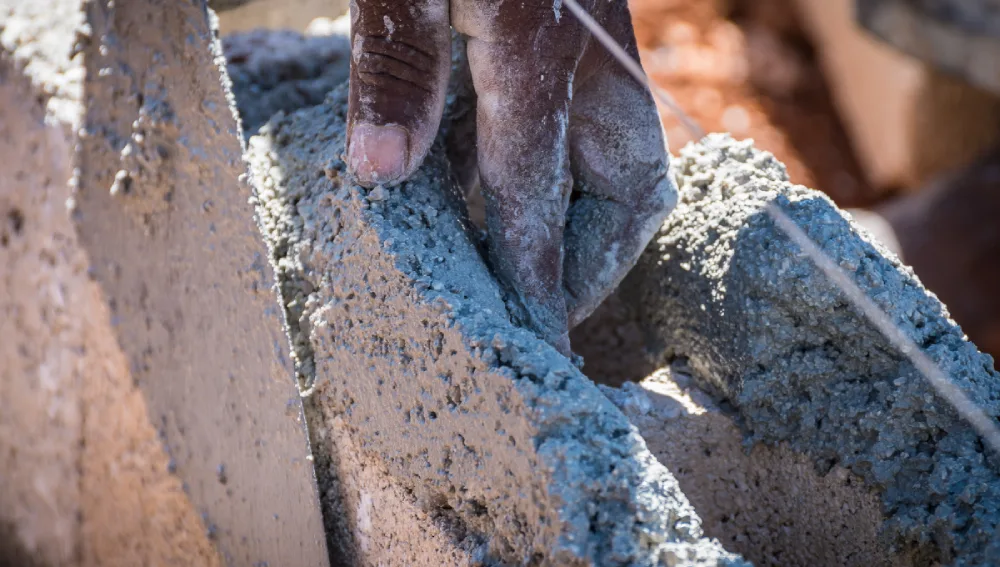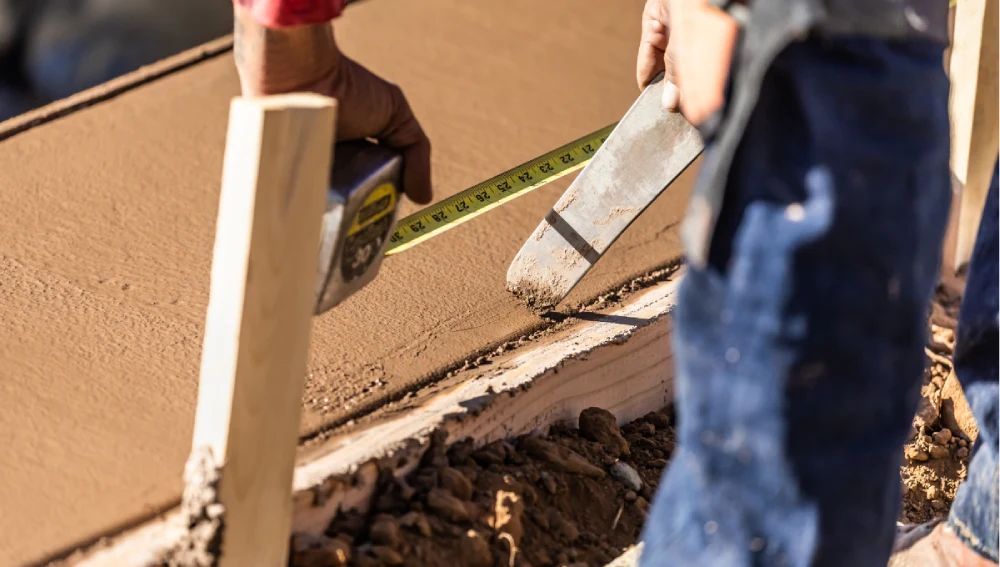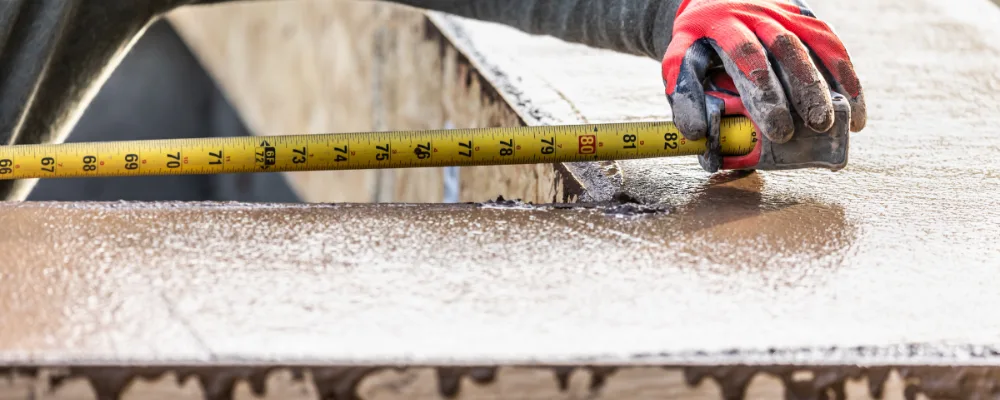In the realm of architecture and construction, the term ‘coping’ holds significant importance in terms of durability and sustainability. Coping generally means ‘covering’ or ‘capping’. It is done in construction as a protective barrier to ensure safety from water penetration or seepage during rainfall and bad weather conditions into the wall. In this blog, let’s explore more about the advantages, types, and functions of coping in construction. Keep reading!
What is Coping in Construction?

Coping or capping is an element built on the top of compound walls, parapet walls ,boundary walls or any other open walls. It is generally made with concrete, mud, bricks or stones. However, different metals like zinc, aluminium, SS (stainless steel), and copper can also be used in coping. Due to its significant structure, its projection can prevent water seepage into the wall and direct the water away from the walls. Its appearance also adds an aesthetic look to the building.
Types of Coping Based on Their Shapes
Since coping is exposed outside to tolerate different extremities of weather, care must be taken on the materials used for designing coping. It should be resistant to water, sulphur and frost. Following are the different types of coping based on its shapes;
- Single-Side Slope: In this type, a slope is directed towards one side and about 20-100mm of coping is projected outside the wall. Along with this, there is a semi-circular throating, which is a groove of 10mm at the bottom surface, which can discharge the rain water efficiently.
- Two-Side Slope: Here, the slope is directed towards both the sides of a wall and for about 20-100mm, the coping is projected out of the wall. This type also generally consists of a semi-circular throating To avoid water seepage into the wall, a damp-proof course with a minimum thickness of 15-25mm should be provided beneath the coping.
Curved coping: In curved coping, as the name suggests, there is a curved or rounded projection that crowns walls and leads to aesthetic appeal. Generally, the highest part of the curve is in the middle and lower parts on both the edges of a wall, to ensure efficient discharge of water away from the wall.
Flat coping: This is the most simple type and consists of just a flat element above a wall. This type is not very effective in diverting away rain water.
Hipped End coping: This type has a three-sided slope which is more suitable for edges and corners of the wall.
Crenelated Coping: It is also termed as ‘battlemented coping’, which is designed with alternative low and high sections. These types of coping can be seen generally in historical buildings.
Types of Wall Coping Based on Materials.

- Brick Wall Coping
- Clay Wall Coping
- Terra Cotta Wall Coping
- Stone Wall Coping
- Concrete (Pre-Cast) Wall Coping
- Concrete (Cast-in-Situ) Wall Coping
- Stainless Steel Wall Coping
- Zinc Wall Coping
- Tile Coping
To provide an affordable protection on the top of compound walls and parapets from cyclic changes of weather like heating, cooling and rain, coping is the best choice. Coping is generally made by precast cement concrete or stone slabs which are about 50mm thick. It should be projected out for atleast 25 mm on both sides of the wall and consist of under-surface grooving to direct water away from walls.
Benefits of Coping.
Coping has several advantages in construction, such as:
Prevents Decay: Coping prevents the wall from decaying or developing mold due to rainwater by effectively directing the water away from the wall surfaces towards the ground.
Enhances Durability: Due to the prevention of seepage by coping, the inner wall doesn’t get affected by water. This keeps inner walls healthy and can extend the lifespan of construction and masonry walls.
Aesthetic Appeal: Apart from being structurally beneficial, coping enhances the physical appearance of a building by providing an elegant finish
Low Maintenance: Properly constructed coping with standard materials like concrete and stone requires only minimal maintenance. It can withstand harsh weather conditions and so there is no need for frequent repairs or replacements.
Functionality: When short or low-height walls are finished with coping, they can function as seating spaces in outdoor areas. Without coping, such walls would be inconvenient and uncomfortable to sit on due to their generally rough surfaces, thus making them less functional.
Protects Against Weather: Coping acts as a barrier against various weather conditions such as rain, snow, and ice. This protection is crucial for maintaining the physical soundness of the building from moisture, water damage over the long term.
With proper installment, there is no considerable disadvantage of coping. Round, sloped or curved coping are ideal types to ensure functionality
Conclusion.
Coping acts as a defensive and protective mechanism for exposed or open walls. Metal, terra cotta, stone, or precast concrete are the types of materials generally used for coping that also add an aesthetic appeal to the walls. For your next construction project, ensure that your exposed walls are topped with coping to facilitate a long and durable building lifespan.
FAQs
Coping generally means ‘covering’ or ‘capping’ done for wall tops to direct water away from wall surfaces.
The major benefits of coping are, it prevents decaying, protects from adverse weather conditions, enhances the durability of walls, gives an aesthetic look and is minimal in maintenance.

